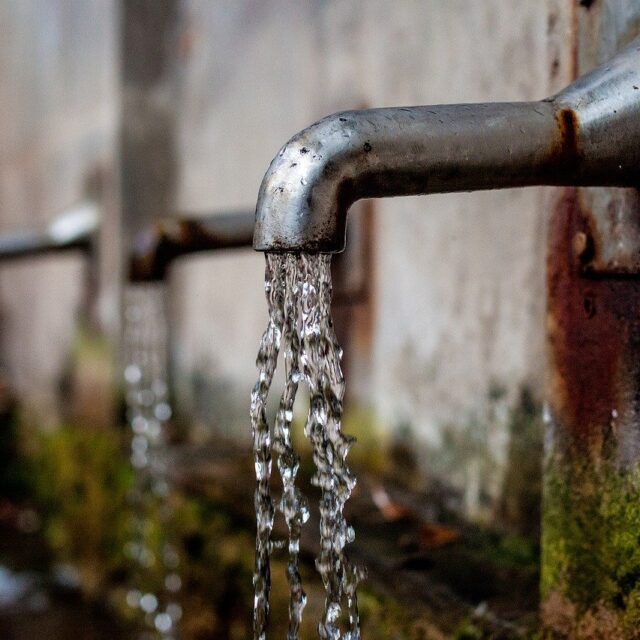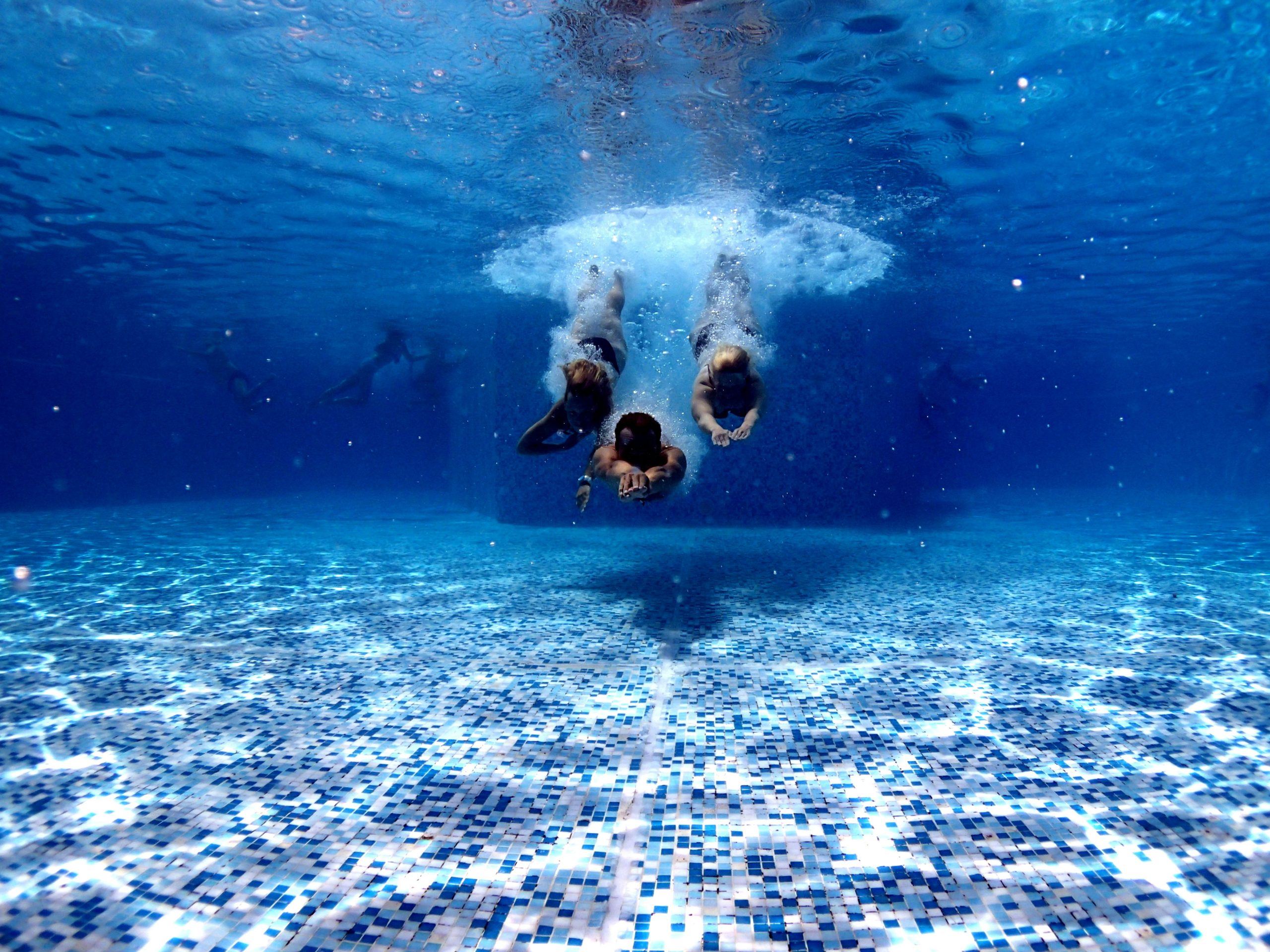Drinking water treatment by ultraviolet: case of the city of Mulhouse
Challenge
Depuis 2015, la ville de Mulhouse, en Alsace, a entamé une démarche visant à mettre fin au traitement par chloration de son eau potable distribuée dans 13 communes au profit d’une solution plus éco-responsable et moins odorante : les ultraviolets.
After a conclusive test on a first well in 2016, BIO-UV Group has equipped all 8 of the city’s catchment wells with an ultraviolet water treatment system, marking the end of chlorination for the 200,000 consumers! Review and assessment of this installation which ensures a preventive treatment of drinking water.
Mulhouse wants to guarantee water quality and stop chlorination

Historically, Mulhouse’s water, coming from the Doller water table, did not require any treatment. However, the appearance of a small amount of bacterial pollution led the city to set up a systematic and continuous chlorination system. In 2016, anxious to offer quality water to its inhabitants, by improving its taste, optimizing the bactericidal efficiency while reducing the olfactory nuisances associated with chlorine, the city launched a call for tenders to find an alternative solution. A request that was part of the precautionary logic closely followed by the Regional Health Agency and the Haut-Rhin Prefecture, which largely supported the project. She then decided to turn to ultraviolet treatment, a solution that is chemical-free, odorless and does not alter the taste of the water!
Ultraviolet light, a more efficient and economical alternative to chlorine!
Although it is one of the most widely used disinfectants in France, chlorine is likely to form undesirable by-products in the presence of organic matter, which can cause health risks (trihalomethanes and haloacetic acids for example). In addition, chlorine is not very effective on certain parasites such as Cryptosporidium oocysts.
Associated with water treatment, ultraviolet light has an immediate bactericidal and virucidal action, i.e. it eradicates all bacteria and viruses present in the water by destroying their DNA. Ultraviolet radiation offers the advantage of acting directly on bacteria known as protozoa, where chlorine must be delivered in very large quantities to exterminate them.
La désinfection UV garantit ainsi une qualité de l’eau optimale permettant de répondre aux exigences les plus sévères en matière de traitement de l’eau destinée à la consommation humaine.
“Ce traitement UV est préventif et non chimique ”
Denis Parmentier, Director of the Water Department and Michelbach Dam Site Manager
Mulhouse chooses BIO-UV Group to treat its drinking water

Le système de traitement des eaux par ultraviolets proposé par BIO-UV Group, le système DW, a séduit la ville de Mulhouse pour équiper l’ensemble des puits de captage de la ville.
La gamme DW est agréée ACS UV et certifiée ÖNORM. Associé à un puit de captage, son principe est très simple. En effet, l’eau pompée est injectée automatiquement dans le système UV (un tube en acier qui renferme dix lampes UV à quartz) avant d’être renvoyée dans le réseau de distribution.
Le traitement est préventif car l’eau brute est traitée et désinfectée en continu, que des bactéries soient présentes dans l’eau ou non, à la différence d’un traitement curatif mis en œuvre uniquement en cas de problème de la qualité bactériologique.
Installation of UV treatment devices on all the catchment wells
This study required significant work to equip the first underground well, which had little room to integrate the desired system. Taking into account these constraints, BIO-UV equipped this well with medium pressure lamps, more energy consuming but less cumbersome than low pressure lamps.
“L’étude sur le premier puits s’est avérée concluante. Par la suite, la ville a étudié la construction de bâtiments en surface de chaque puits, capables d’accueillir des réacteurs avec des lampes basses pression, dans un souci d’économie d’énergie”
Alain NGuyen, technical sales engineer at BIO-UV Group
Following its success, eight wells were equipped in 2019 with devices with low pressure lamps, requiring two days of work. A beautiful project subject to the agreement of the Regional Health Agency and a hydrogeologist responsible for drafting the measures to be implemented during the work.
A successful transition to UV for Mulhouse
The BIO-UV facilities were commissioned in early 2019 with no observed operational, performance or treatment failures.
The BIO-UV Group reactors are controlled by the flow rate of the production wells. The percentage of radiation as well as the status reports are directly transmitted to the city’s water department, ensuring the control of the reactors’ operation. Water quality monitoring is carried out by a company commissioned by the municipality. The city’s technical staff also performs a weekly visual inspection of all the sites to check for hydraulic leaks, vibrations or problems that cannot be detected remotely.
Since then, the distributed water is no longer chlorinated at all. The chlorine dioxide system has been shut down. Nevertheless, to prevent any risk of bacterial contamination in the network, the chlorine injection stations have been kept in order to be active in case of pollution in the network in curative mode. To date, the city of Mulhouse has not resorted to emergency treatment by chlorine injection.
“Nos 8 puits et l’ensemble du réseau d’eau de Mulhouse font l’objet de toutes les attentions depuis leur création. Ce projet avait un degré de vigilance maximale, une planification et un suivi extrême pour atteindre la réalisation de ce chantier, souligne Bernard Roche, Ingénieur et Responsable du Bureau d’Études Eaux et Travaux de la ville de Mulhouse. Nous sommes très satisfaits de pouvoir proposer une eau de qualité et sans odeur aux habitants de notre ville. Les équipes de BIO-UV Group se sont montrées très à l’écoute de nos besoins dans ce projet et nous ont accompagné jusqu’au bout ”
Pour BIO-UV Group, le traitement des eaux par ultraviolets installés à Mulhouse est donc une solution de désinfection qui apporte un équilibre entre écologie, économie et préservation de l’environnement. Notre technologie a déjà été mise en place dans de nombreuses villes pour équiper les réseaux d’eau potable et ont déjà fait leurs preuves : à Sète en 2007 ou à Chambéry en 2018 pour ne citer que quelques exemples.

